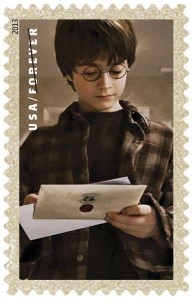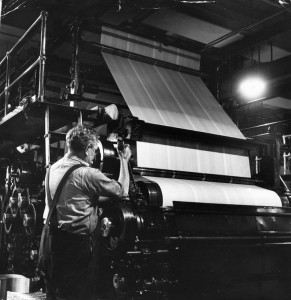MARKETING AND INVENTION
I watched a PBS Newshour segment last night on Singularity University. Well-named, this really is a singular organization of the sort that only California can spawn—where is Evelyn Waugh when we need him? Singularity is an unaccredited university, that is, it doesn’t give degrees and it has no student body, although it does have faculty, some of whom appeared on the program, interviewed by Paul Solman. It’s obviously liberating to be a professor without the irksome burden of students, for they were all remarkably happy, relaxed, upbeat types. In fact, they reminded me more of cheerful marketers than academics,





